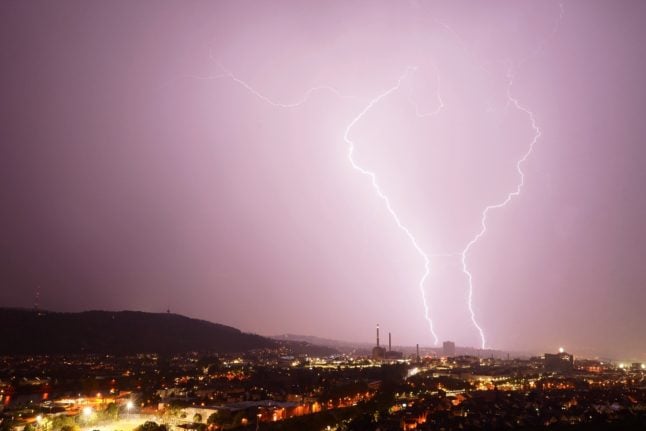An area of high pressure ensured that Germans could enjoy temperatures in the mid-20s on Monday as the east and south of the country were almost cloudless. In the west the sun had to occasionally break through cloud cover, but a very pleasant 27C was recorded in Wiesbaden and Saarbrücken.
In the coming days the mercury will continue to rise. On Tuesday the German Weather Service predicts that parts of the centre of the country will start to sweat under temperatures of 32C. Only the north will be kept cool by stiff sea breezes. On Wednesday and Thursday the temperatures are again expected to hit 30C before cloud cover arrives on Friday.
The nights are predicted to be considerably cooler though with temperatures dropping all the way down to 11C.
While warm weather is predicted for the entire country, the Alpine region in the very south of the country will be hit by thunderstorms in the late afternoon and evenings.




 Please whitelist us to continue reading.
Please whitelist us to continue reading.
Member comments